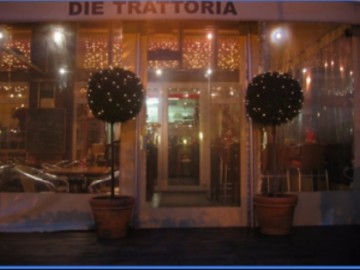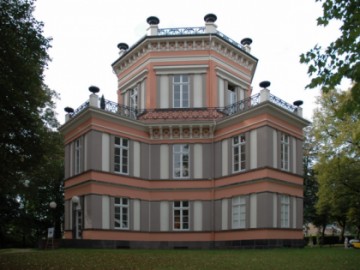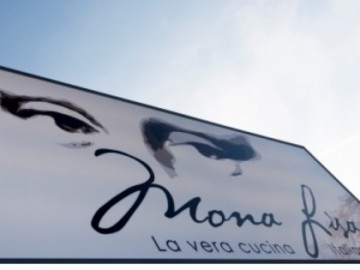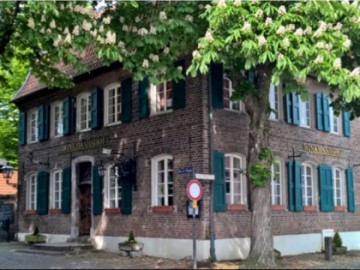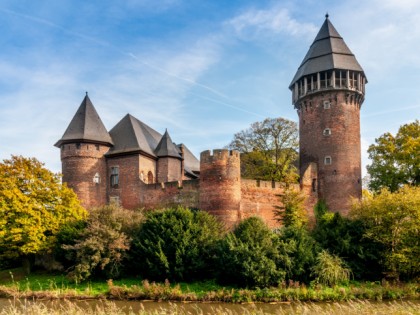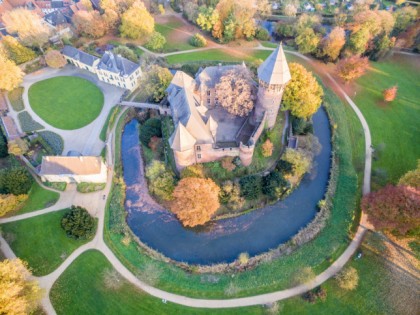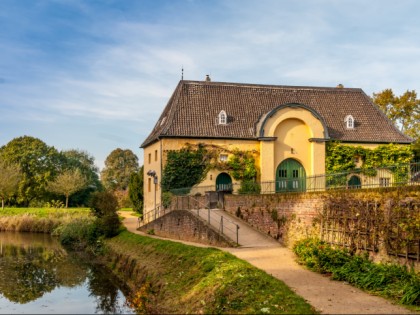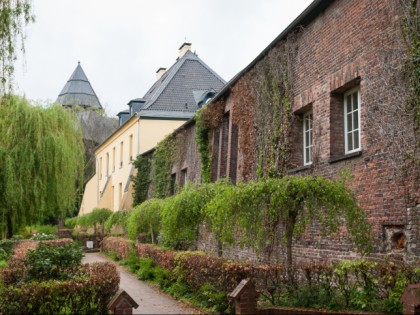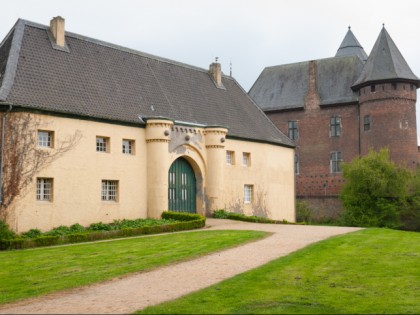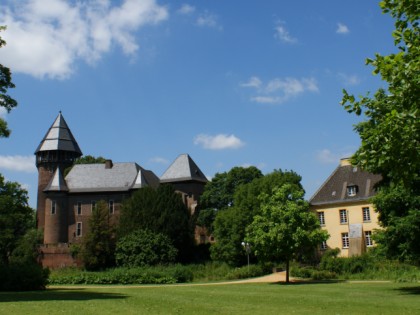Burg Linn, Castle and Museum Center: Visual History of the Lower Rhine
Linn Castle was built at the end of the XII century by Baron Otto von Linn. Its construction was inspired by Byzantine architecture, which he saw during the Crusades. After the Baron’s death, his son Gerard finished the castle’s construction. In the XV-XVII centuries, Linn Castle was one of the strongest fortresses in the whole Lower Rhine. Surrounded by a moat and a series of powerful walls, with the high main tower (donjon), it defended the local population and carried out an important defensive function.
In the twentieth century, the castle is not suitable for military affairs, it has decayed so much that began to crumble in plain view and was about to turn in ruins at all, but its reconstruction began in time. After the restoration it houses Linn museum center. Its collection includes archaeological artifacts from prehistoric times (e.g. residues of ancient Celtic "chairs" from Mount Hulser) to the Romans, among which are the findings of the Frankish period such as cups, remains of a wooden ship, and more. Terracotta ware from southern Gaul and the golden helmet belonging to Baron Otto von Lynn are also interesting: he brought the latter as a trophy from Byzantium.
A few rooms, furnished according to the canons of the XVIII-XIX centuries can be seen in a renovated hunting lodge (Jagdschlösschen) near Linn Castle. The typical Lower Rhine kitchen with all kinds of utensils is also presented here. You can now enjoy the magnificent views of the valley of the Lower Rhine and the surrounding area of Krefeld from the donjon, which was once a prison. The city itself is also seen as on the palm. Historical holidays of reconstruction, for example, the Flax Market (Flachsmarkt) are held here, on the castle territory on Trinity Sunday. There is a park around the castle.
